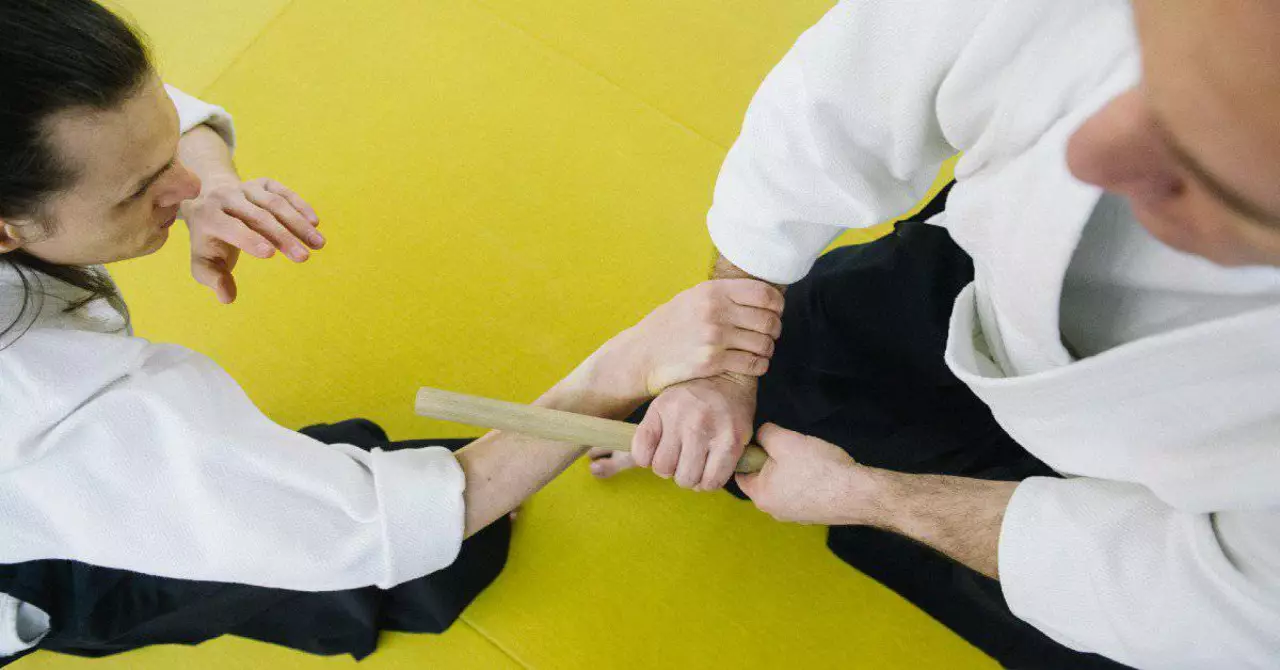Self-Defense: Practical Techniques and Mindset
When it comes to self-defense, the practice of protecting yourself from physical threats using techniques, awareness, and mindset. Also known as personal protection, it blends physical moves with mental preparation. This blend means you’re not just learning how to strike; you’re learning how to read a situation, how to avoid danger, and how to stay calm when adrenaline spikes. In everyday life, that combination can turn a scary encounter into a manageable one. Below you’ll see how the ideas fit together and why they matter for anyone who wants to feel safer.
Aikido, a Japanese martial art that emphasizes blending with an attacker’s energy to neutralize aggression offers a clear illustration of self‑defense philosophy. Rather than meeting force with force, aikido teaches you to redirect energy and use the attacker’s momentum against them. This approach aligns with the self‑defense principle that avoiding injury is often smarter than trying to win a fight. When you study aikido, you also pick up joint locks and throws that let you control an opponent without causing lasting harm.
martial arts, disciplines that train combat skills, strategy, and personal development provide the broader toolbox for self‑defense. From karate’s punches to judo’s throws, each style contributes a piece of the puzzle. The more styles you understand, the better you can choose techniques that suit your body type, fitness level, and daily environment. Martial arts also instill discipline, which reinforces the mental side of self‑defense—confidence, focus, and the ability to stay composed under pressure.
joint locks, techniques that control an opponent by applying pressure to a joint are a core tool for non‑lethal control. Whether you’re cornered in a parking lot or need to subdue a rowdy patron, a well‑executed lock can immobilize an aggressor long enough to escape. Joint locks work because they target the body’s natural limits, causing pain without a strike that could lead to a serious injury. Learning a handful of reliable locks gives you a practical, legal way to defend yourself when you can’t run away.
staff work, training with a wooden staff (jo) to improve balance and timing complements hand‑to‑hand techniques by adding reach and leverage. In aikido, the jo is used to channel energy, practice distance, and develop smooth body movement. Those same skills translate directly to street scenarios: a longer tool lets you keep an attacker at bay while you create space to flee. Even if you never wield a staff in a real fight, the coordination and posture you gain from staff drills make your punches, grabs, and escapes more effective.
Key Elements of Effective Self-Defense
The first element is situational awareness. Spotting threats early gives you the chance to change your route, call for help, or ready a defensive move. The second element is physical technique—joint locks, throws, and staff work—all of which give you controlled ways to stop an aggressor. The third element is mindset: staying calm, breathing properly, and making quick decisions. When you combine these three, you create a self‑defense system that works in the real world, not just on a mat.
Our collection of articles below dives deeper into each of these pillars. You’ll find posts that explain how aikido’s philosophy can improve personal safety, breakdown of common joint‑lock applications, and tips for integrating staff work into everyday training. Whether you’re a complete beginner or a seasoned practitioner, the next reads will give you clear steps to build confidence and capability. Ready to see how the pieces fit together? Keep scrolling for practical insights you can start using right away.


